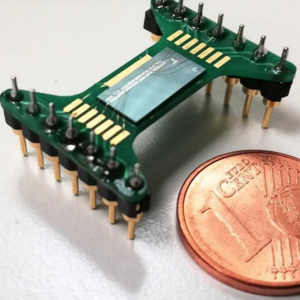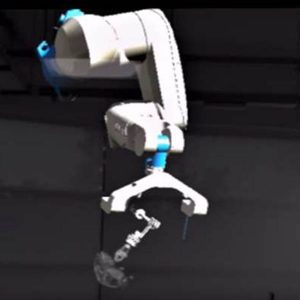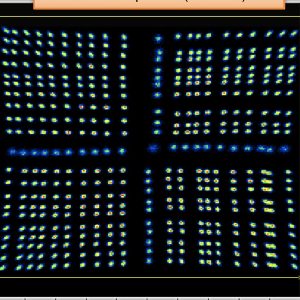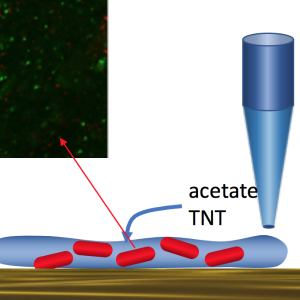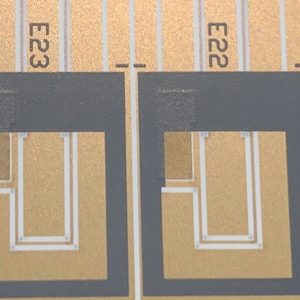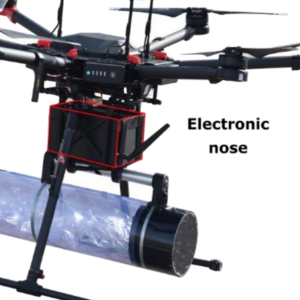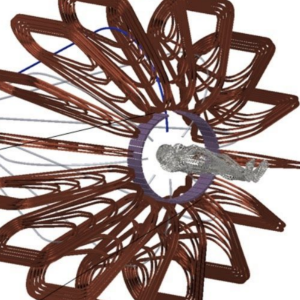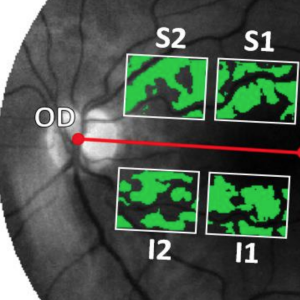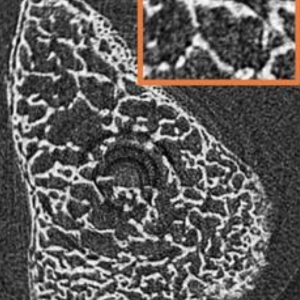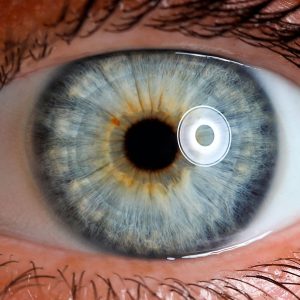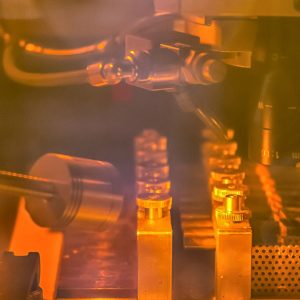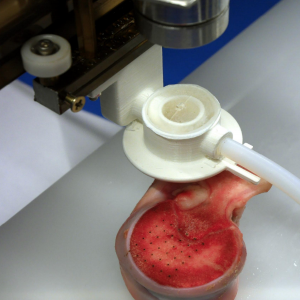The goal of FLASH (FLuorescence Analysis Speedup to extremely High rates) project is to develop a new detection system that combines single-photon sensitivity, picosecond temporal resolution, and unprecedented high throughput to acquire time-resolved fluorescence images. A similar system holds great promise to have a revolutionary impact on several fields of biology and medicine. For example,...
This website uses cookies so that we can provide you with the best user experience possible. Cookie information is stored in your browser and performs functions such as recognising you when you return to our website and helping our team to understand which sections of the website you find most interesting and useful.


